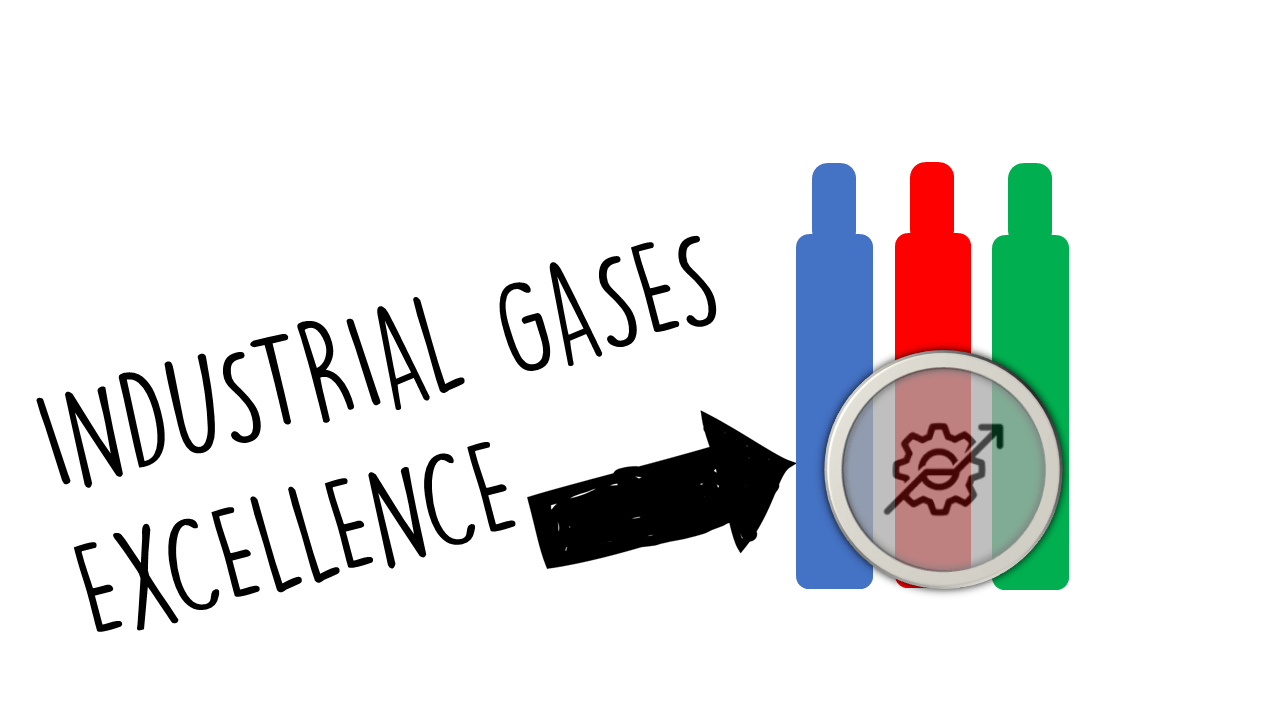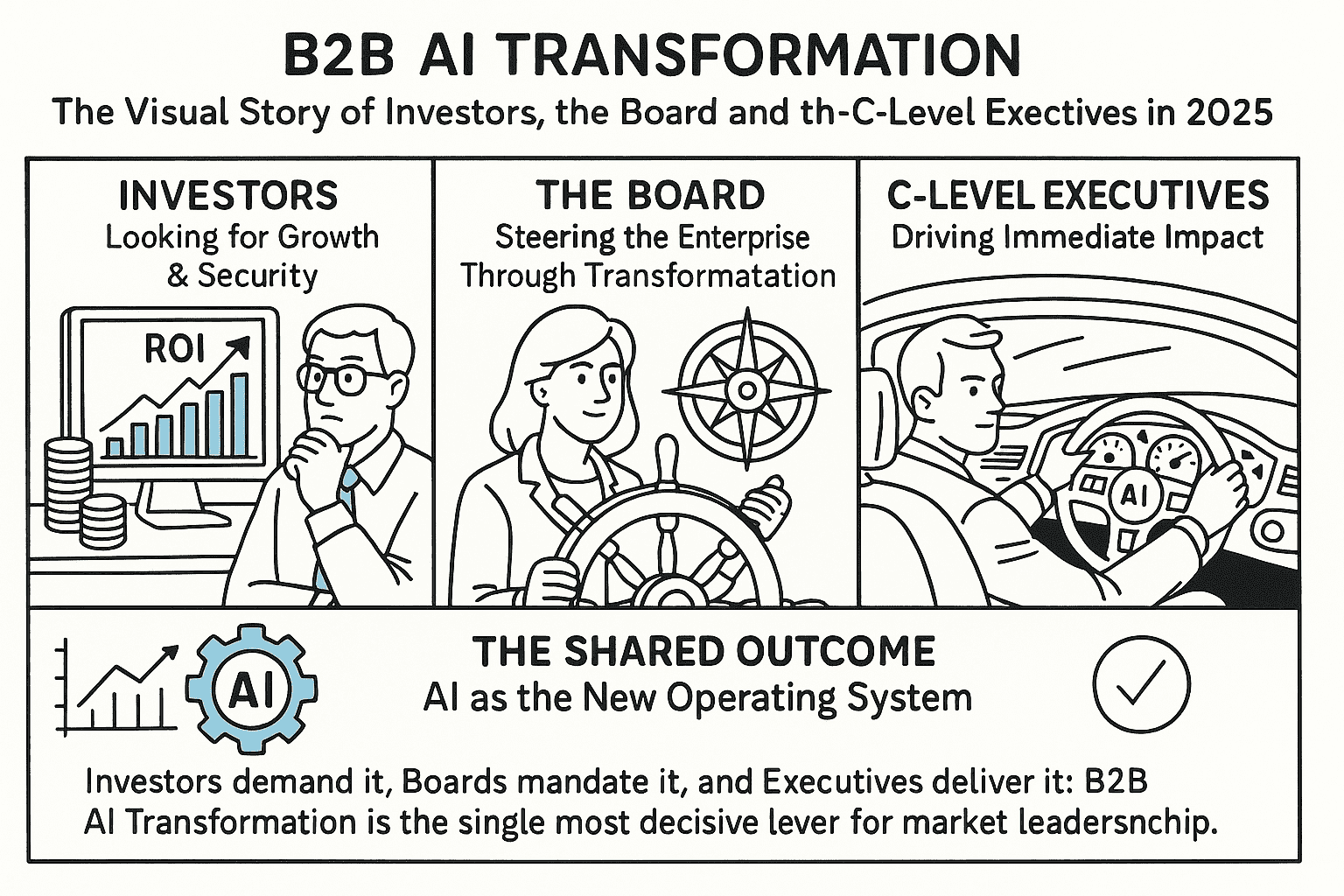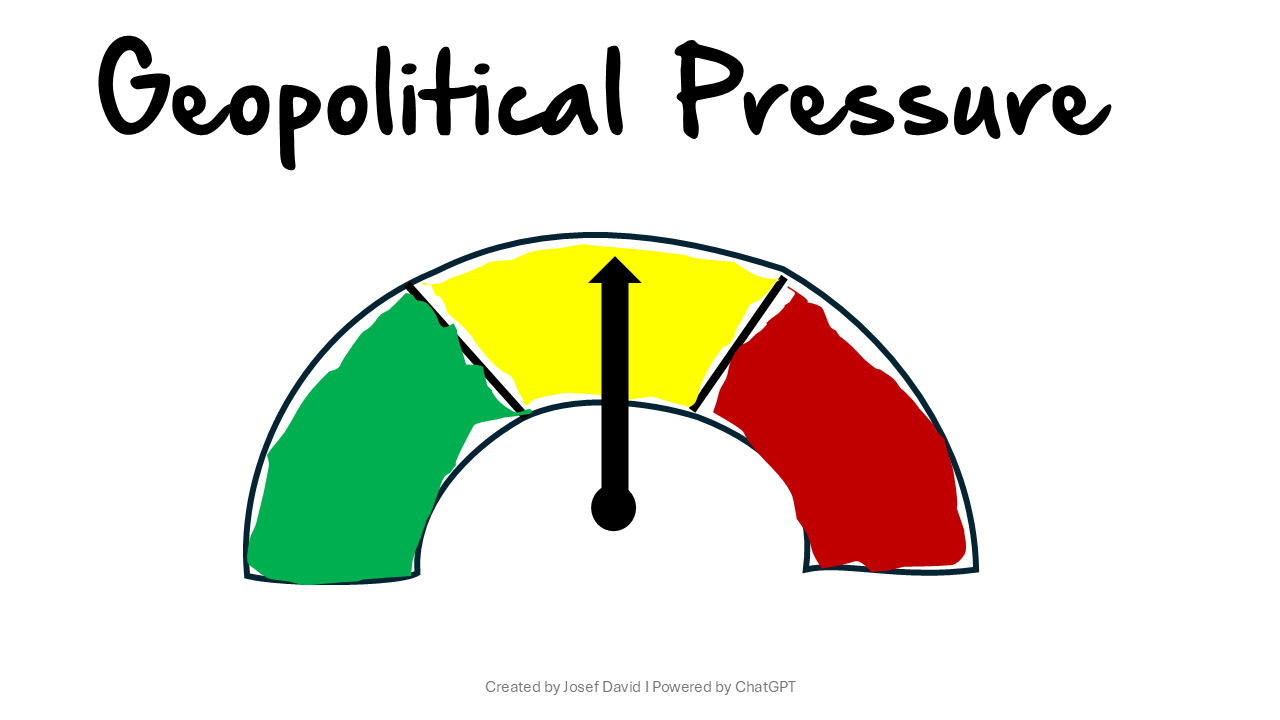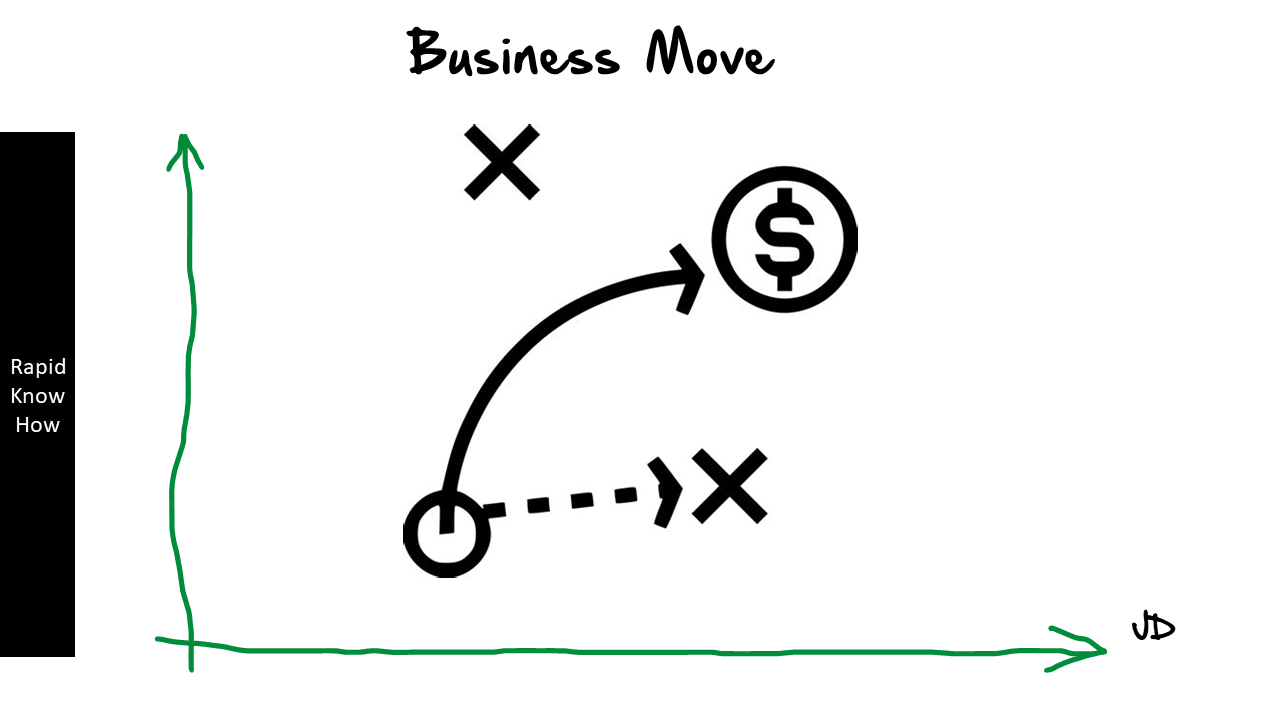Long Tail in the context of industrial gases refers to the strategy of catering to a wide array of niche markets and specialized customer needs, rather than focusing solely on high-volume, mainstream products.
This approach acknowledges that while a few products may dominate sales, there is significant demand across many lesser-known variables in the marketplace, leading to opportunities for diverse revenue streams.
Key elements include:
- Variation in Demand: Recognizing that specific industries or applications may require unique blends or types of industrial gases, resulting in smaller, more concentrated markets.
- Customization: Offering tailored solutions that meet specific requirements in low-volume segments, fostering customer loyalty.
- Broad Product Range: Maintaining a diverse portfolio of gas products, including specialty gases, that can serve various niche markets.
Framing
Framing the Long Tail approach in industrial gases involves presenting it as a strategic move towards sustainability, diversification, and enhanced customer satisfaction:
- Market Diversification: Positioning the long tail strategy as a means to mitigate risks associated with dependence on a few high-volume products by tapping into numerous smaller markets.
- Customer-Centric Innovation: Emphasizing how catering to specialized needs fosters innovation and drives product development, resulting in better customer solutions.
- Sustainability and Responsiveness: Highlighting the capacity to quickly respond to evolving industry demands and trends, allowing for flexibility and adaptability in changing markets.
Re-Framing
Re-framing involves changing the perceptions around the long tail strategy from being seen as secondary or less important markets to essential components of a comprehensive business strategy:
- From Afterthought to Essential: Framing niche markets not as secondary pursuits but as vital parts of the overall business strategy that contribute to revenue and brand loyalty.
- From Low-Volume to High Opportunity: Shifting focus from low-volume sales to the potential for high-value relationships with customers who require specific solutions.
- From High-Risk to High-Reward: Emphasizing the long-term benefits and stability that can arise from investing in diverse markets, rather than relying on a few core products.
Actions
Market Research and Segmentation:
- Conduct thorough market analysis to identify niche markets and specific customer needs within the industrial gases sector.
Develop Niche Product Offerings:
- Create specialized gas products tailored to meet unique industry requirements, enhancing the company’s portfolio and presence in diverse markets.
Leverage Technology for Customization:
- Utilize advanced analytics and customer relationship management (CRM) systems to understand customer preferences and offer customized solutions efficiently.
Cultivate Partnerships:
- Collaborate with industry leaders and smaller players within niche markets to understand their needs better and co-develop compatible solutions.
Establish Efficient Distribution Channels:
- Develop flexible and responsive distribution strategies that allow for the delivery of both high-volume and niche products effectively.
Invest in R&D:
- Allocate resources toward research and development to innovate new products and solutions that cater to emerging niche applications.
Case Studies
1. Air Liquide – Specialty Gases for Electronics:
- Initiative: Air Liquide expanded its product line to include specialty gases tailored for the semiconductor manufacturing industry, which requires ultra-pure gases for precision processes.
- Outcome: This long tail strategy allowed Air Liquide to establish itself as a key player in the niche market of electronics manufacturing, providing high-value solutions.
2. Linde – Food and Beverage Industry:
- Initiative: Linde developed specific gas solutions aimed at food preservation and carbonation in the beverage industry, catering to small and mid-sized producers.
- Outcome: By addressing the needs of niche producers, Linde expanded its customer base, strengthening its market position and profitability within the food sector.
3. Messer – Medical Gases:
- Initiative: Messer focused on providing medical gases and tailored solutions for smaller healthcare providers and specialty hospital services.
- Outcome: This approach enabled Messer to develop strong relationships in a niche industry while capitalizing on the growing demand for medical gases.
4. Praxair – Customized Welding Gases:
- Initiative: Praxair introduced customized welding gas mixtures for specific applications in the manufacturing and construction industries.
- Outcome: By offering tailored solutions instead of generic products, Praxair secured niche customer segments, enhancing loyalty and increasing sales.
Conclusion
Embracing a Long Tail strategy in the industrial gases sector is not merely a reactive business approach; it is a proactive strategy that highlights the importance of niche markets and tailored solutions.
This approach offers significant opportunities for growth, diversification, and enhanced customer satisfaction.
By framing long tail thinking as a vital component of a robust business model and re-framing it to emphasize its strategic importance, companies can cultivate sustainable relationships with diverse customer segments.
The outlined actions provide a roadmap for implementing this strategy effectively, while case studies highlight its successful application across leading firms in the industry.
By leveraging the long tail, companies can thrive in a complex and competitive market, driving innovation and establishing themselves as leaders in specialized niches.





